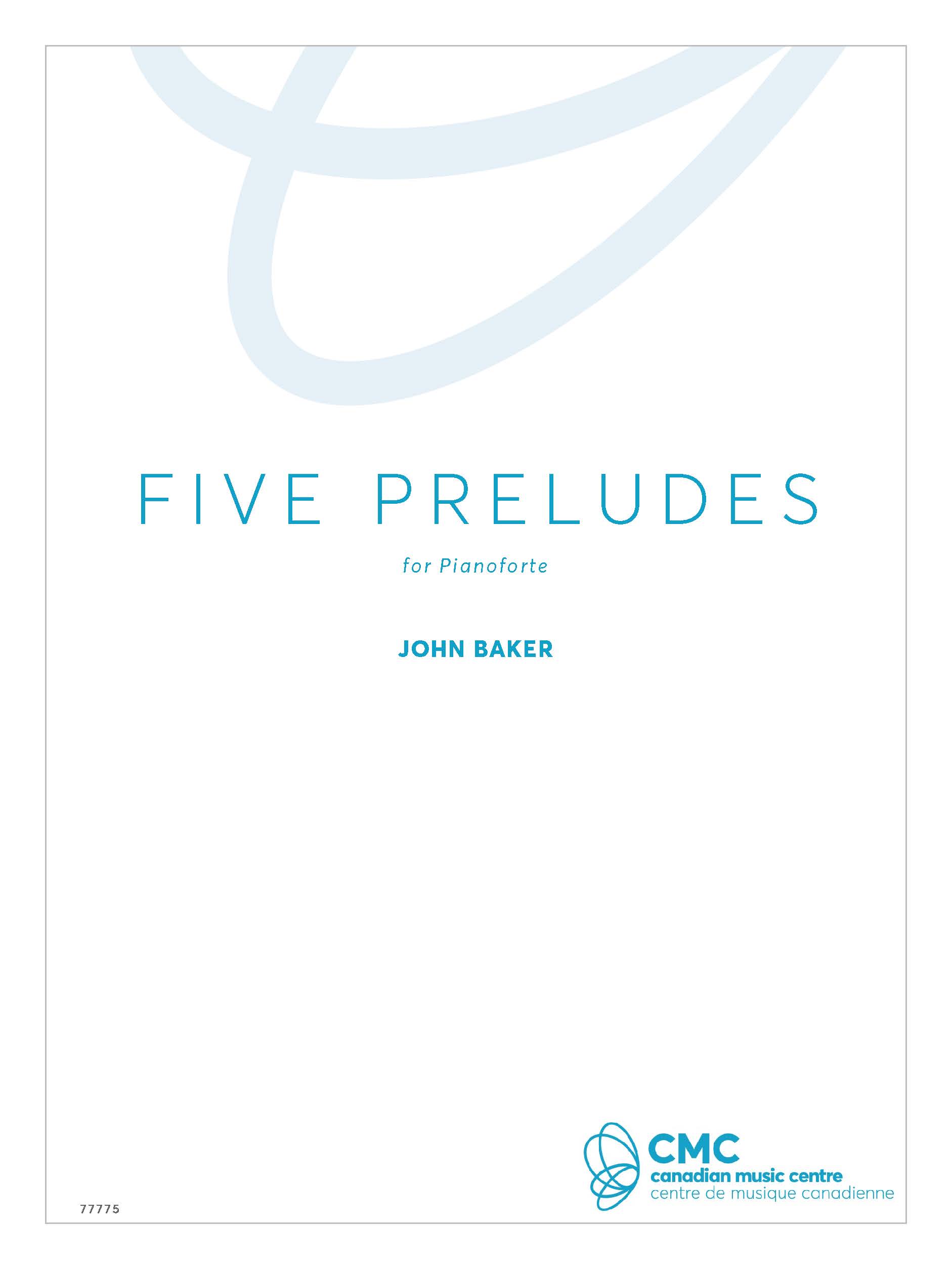This set of Five Preludes is a humble addition to the great tradition of sets of 24 covering all major and minor keys. As in those sets, the members of this one are thematically and formally independent of one another and cover completely a gamut in one particular formal dimension of music, in the present case a quite obscure one having to do with the composer’s “Pitch-Symmetric Tetrachord Partitions” system.
Call a set of pitch classes pitch-symmetric (PS) if it is self-inverse by transposition. For example, for the major seventh chord M = {0, 4, 7, 11}, we have M = 11 – M (mod 12); for R = {0, 1, 2, 7}, R = 2 – R (mod 12). There turn out to be 15 types of four-element sets (tetrachords) with this property, and all of them are used here.
There are a number of ways (47, to be exact) to partition the 12 pitch classes into three distinct PS tetrachords. Some of these are not very interesting or musically useful—for example the three fully diminished seventh chords {{0, 3, 6, 9}, {1, 4, 7, 10}, {2, 5, 8, 11}}—, but many do show considerable variety and interest. In particular, 14 types of these partitions comprise three different types of PS tetrachords—for example the partition comprising the quintal stack {C, G, D, A}, the major seventh chord {B, D#, F#, A#}, and the combined major-minor triad {C#, E, F=E#, G#}. All 14 three-type partitions are used here.

